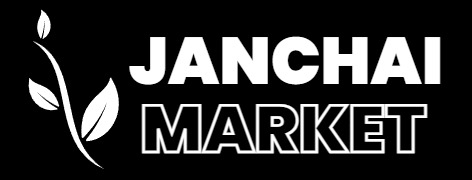Buy Live Boer Goats Wholesale
The Boer goat was probably bred from the indigenous South African goats kept by the Namaqua, San, and Fooku tribes, with some crossing of Indian and European bloodlines being possible. They were selected for meat rather than milk production; due to selective breeding and improvement, the Boer goat has a fast growth rate and excellent carcass qualities, making it one of the most popular breeds of meat goat in the world. Boer goats have a high resistance to disease and adapt well to hot, dry semideserts. United States production is centered in west-central Texas, particularly in and around San Angelo and Menard. The original US breeding stock came from herds located in New Zealand. Only later were they imported directly from Africa.
Boer goats commonly have white bodies and distinctive brown heads. Some Boer goats can be completely brown or white or paint, which means large spots of a different color are on their bodies. Like the Nubian goat, they possess long, pendulous ears. They are noted for being docile, fast-growing, and having high fertility rates. Does are reported to have superior mothering skills as compared to other breeds. Boer goats tend to gain weight at about the same rate as their sire, so a buck from a proven fast-growing bloodline will command the highest price, as its offspring tend to also be fast growers. The primary market for slaughter goats is a 22–36 kg (49–79 lb) kid; kids should reach marketable size at weaning age. The kid of a proven fast-growing sire might weigh 36 kg (79 lb) at 90 days, while the kid of a poor-quality sire might weigh only 15 kg (33 lb) at 90 days. An average-quality buck will initially be less expensive to purchase, but it can significantly undermine an operation’s long-term profitability.

